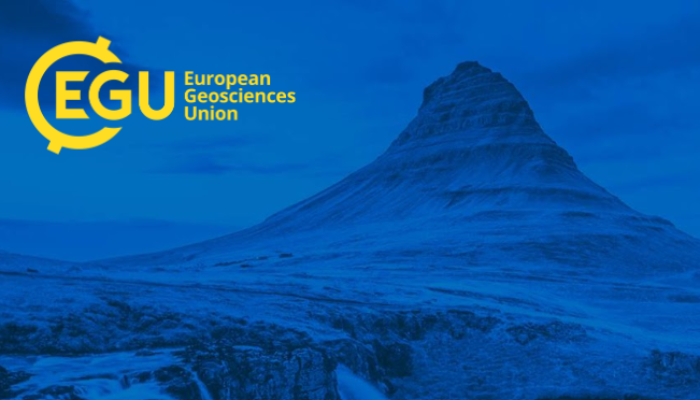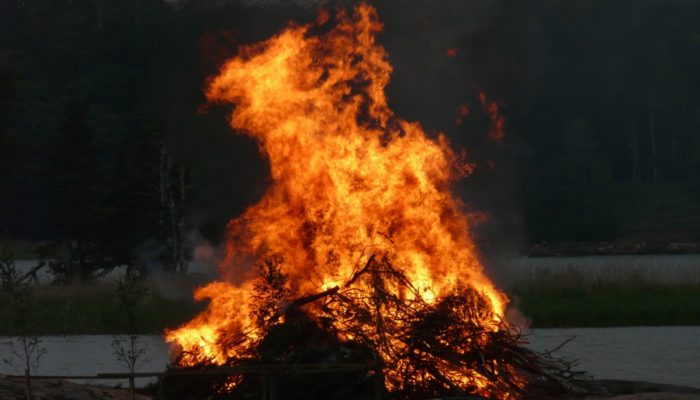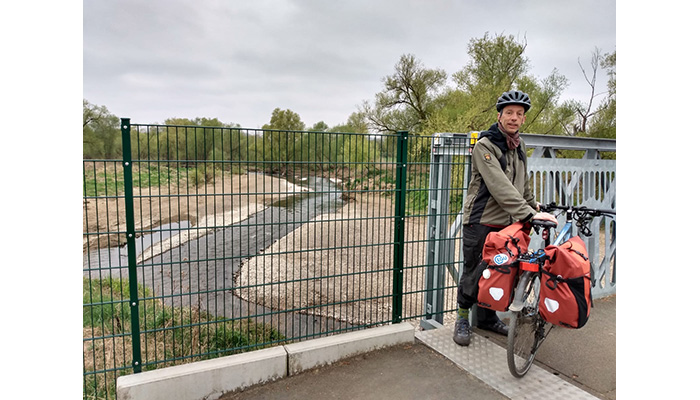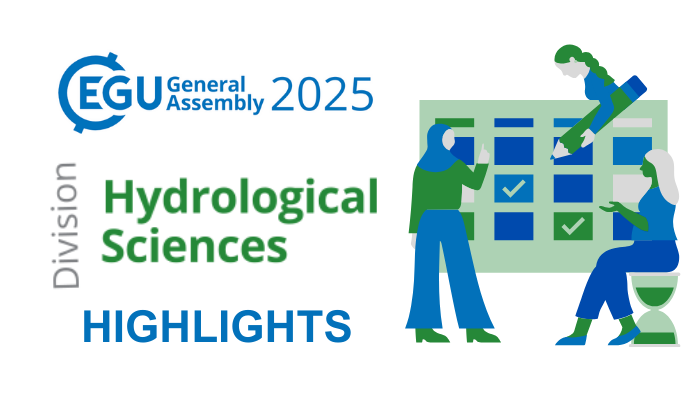After 15 days of cycling, I’m beginning to feel hopeful that we might even reach Vienna. The latest setback has been catching Covid (I think), which required 18 hours of sleep in our tent to recover. We’ve been on the Danube for the past few days, currently outside Regensburg Cathedral, where we’ve just joined the Easter Sunday mass. I must admit that we took a train to link betw ...[Read More]
Nonlinear Processes in Geosciences
NP Interview the incoming Nonlinear Processes in Geosciences Division President: Davide Faranda
Today’s NP Interviews hosts the incoming NP Division President Davide Faranda. Davide is Research Director in Climate Physics in the Laboratoire de Science du Climat et de l’Environnement (LSCE) of the Institute Pierre Simon Laplace at the French National Center for Scientific Research (CNRS). He is an expert of weather extreme events such as cold spells, heatwaves, cyclones and severe thund ...[Read More]
Nonlinear Processes in Geosciences
NP Interview the outcoming Nonlinear Processes in Geosciences Division President: François Schmitt
Today’s NP Interviews hosts the outcoming NP Division President François Schmitt. François has a PhD degree from Université Pierre et Marie Curie in Paris (1993), in atmospheric turbulence, and an Habilitation degree from the same university (2001). He has stayed in Belgium during 6 years as a post-doc, working in meteorology and in fluid mechanics. He is CNRS researcher in Wimereux (North of Fran ...[Read More]
Cryospheric Sciences
Celebrating at UNESCO: the first-ever global day for glaciers
2025 marks an important year for glaciers, as it’s the official Year of Glaciers’ Preservation, an initiative by UNESCO and the World Meteorological Organization (WMO). Part of the initiative is also the official declaration of March 21st as the World Day for Glaciers. UNESCO wants to celebrate this day in the hope that it “urges global action to protect glaciers and their crucial role in sustaini ...[Read More]
Seismology
Seismology Division Events for GA EGU25
Hello fellow Seismologists! The exciting time of the EGU General Assembly is upon us, and we are looking forward to reconnecting with all of you at EGU25. Through this blog, we would like to bring your attention to the events that are organised by the Seismology Division and ECS Representatives of the Seismology Division during EGU25. Grab your calendar, and make sure to come and meet us on many o ...[Read More]
Geodesy
EGU Campfire Geodesy – Share Your Research – 11th Edition
We are excited to announce the 11th edition of Geodesy Campfire – Share Your Research in November. The Geodesy EGU Campfire Events “Share Your Research” give (early career) researchers the chance to talk about their work. We have two exciting talks by our guest speakers, Michela Ravanelli and Michal Cuadrat-Grzybowski. Below, you can find the details of the topics awaiting us. We will have time to ...[Read More]
Solar-Terrestrial Sciences
Get Connected at EGU25: Solar Terrestrial (ST)-Early Career Scientist (ECS) Events You Don’t Want to Miss!
The EGU General Assembly 2025 is just around the corner, and the Solar-Terrestrial (ST) Early-Career Scientist (ECS) Team has been working hard to create opportunities for networking, connection, and community building throughout the week. We’ve lined up a series of informal, fun, and welcoming events designed to help ECSs meet peers, share experiences, and make the most out of EGU25. Mark your ca ...[Read More]
Tectonics and Structural Geology
Queer Quarterly: What does queer visibility mean in academia?
Queer Quarterly is the blog series of the EGU pride group, a LGBTQIA+ team of geoscientists engaged to uphold and improve the rights of the community in the EGU organization. This week’s post is dedicated to allyship: how people outside of the community can support our efforts. The term LGBTQIA+ is the abbreviation for Lesbian, Gay, Bisexual, Transgender, Queer, Intersex, and Asexual. The addition ...[Read More]
Hydrological Sciences
My Riverside journey by bike to EGU, part 2
We’ve now been pedalling (unaided by batteries, in case you were wondering) for six days along the Rhine. I’m writing this in the warmth of the evening sun, sparkling off the river, flowing gently past tonight’s campsite, which occupies the hundred metre wide floodplain between the left bank and a steeply-sloping vineyard. Today’s ride took us through Koblenz, where the Mos ...[Read More]
Hydrological Sciences
Hydrology Highlights at EGU25: Your Pocket Guide!
The EGU General Assembly 2025 is just around the corner! It will take place on 27 April – 2 May 2025, with more than 19,000 presentations (orals, posters, and PICOs) that will be delivered and viewed both on-site in Vienna (Austria Center Vienna) and virtually (through Zoom & Gather Town). The Hydrological Sciences Division offers a myriad of interesting sessions, as well as networking e ...[Read More]










